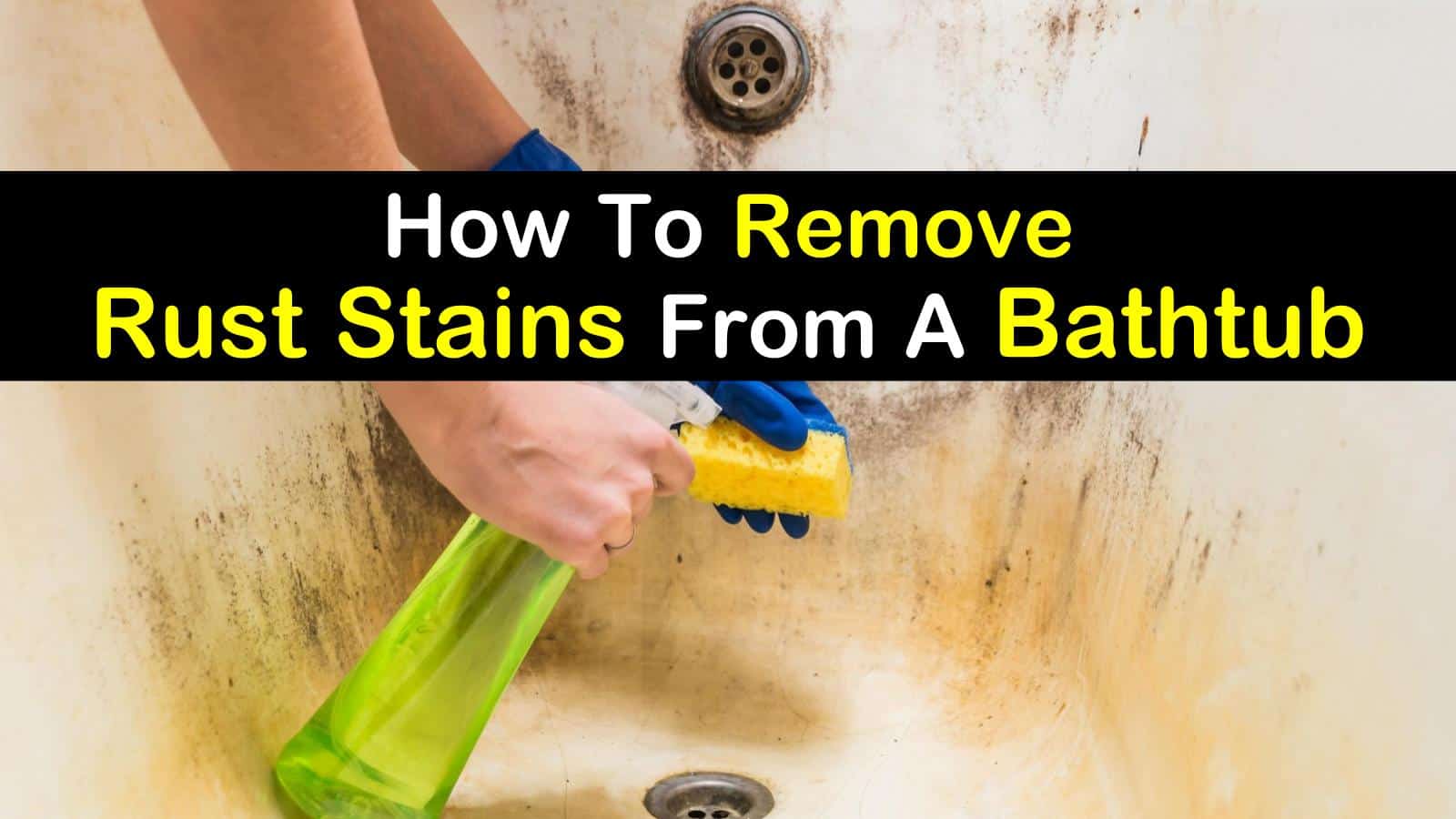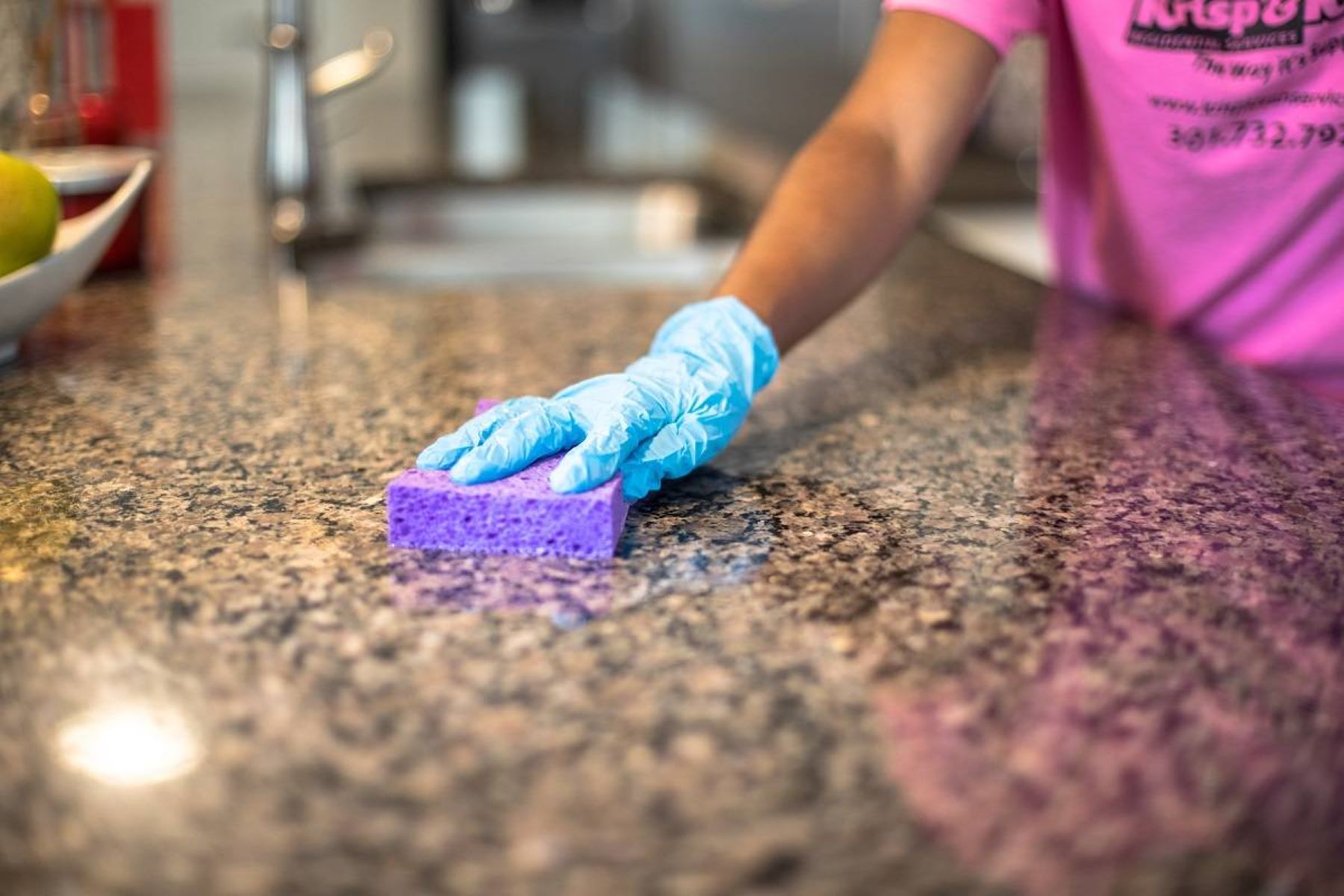Understanding Rust Stains

Rust stains are a common nuisance in bathrooms, often appearing on countertops, sinks, and fixtures. These unsightly blemishes can detract from the overall aesthetic of your bathroom and may even signal a deeper plumbing issue. Understanding the science behind rust formation is crucial for effective removal and prevention.
Rust Formation Process
Rust, scientifically known as iron oxide, forms when iron reacts with oxygen and water. This chemical reaction, known as oxidation, is accelerated in the presence of moisture and electrolytes, such as salts found in hard water. The iron atoms lose electrons, forming iron ions that combine with oxygen to form iron oxide, which manifests as the reddish-brown rust we see.
Factors Contributing to Rust Stain Development
Several factors can contribute to the development of rust stains in bathrooms:
Water Hardness
Hard water contains high concentrations of dissolved minerals, including calcium and magnesium. These minerals can react with iron in plumbing pipes, leading to rust formation. The presence of these minerals can also accelerate the oxidation process.
Humidity
Bathrooms are inherently humid environments due to frequent showering and bathing. This high humidity level provides the necessary moisture for rust formation, particularly on surfaces prone to water contact.
Iron in Plumbing
Older plumbing systems, especially those containing iron pipes, are more susceptible to rust formation. Over time, iron pipes corrode, releasing iron particles that can accumulate on surfaces and form rust stains.
Countertop Susceptibility to Rust Stains, How to remove rust stains from bathroom countertops
Different bathroom countertop materials have varying levels of susceptibility to rust stains:
| Countertop Material | Susceptibility to Rust Stains |
|---|---|
| Granite | Low |
| Marble | Medium |
| Quartz | Low |
| Laminate | High |
| Tile | Medium |
Rust Stain Removal Methods
Now that we understand what rust stains are and how they form, let’s dive into the exciting world of rust stain removal! You’ll be amazed at the arsenal of weapons we have at our disposal, from common household items to specialized rust removers.
Household Remedies for Rust Removal
A variety of common household items can effectively combat rust stains, offering a cost-effective and environmentally friendly approach. Let’s explore these options and their effectiveness:
- Lemon Juice: This citrus superstar is a natural acidic wonder. The citric acid in lemon juice works to break down the iron oxide that forms rust. Simply apply fresh lemon juice to the stain, let it sit for a few minutes, and then scrub gently with a soft cloth. You can also create a paste by mixing lemon juice with baking soda for a more abrasive cleaning action.
- Baking Soda: This pantry staple is a multitasking champion! Baking soda is a mild abrasive that can help to lift rust stains from surfaces. Make a paste by combining baking soda with a little water and apply it to the stain. Let it sit for a few minutes, then scrub gently with a soft cloth.
- Vinegar: Acetic acid, the star ingredient in vinegar, is another effective rust remover. Simply soak a cloth in vinegar and apply it to the stain. Let it sit for a few minutes, then scrub gently with a soft cloth. For stubborn stains, you can create a paste by combining vinegar with salt.
- Salt: Salt is a surprising ally in the battle against rust. Its abrasive properties help to loosen and remove rust particles. Mix salt with a little water to create a paste, apply it to the stain, and let it sit for a few minutes. Then, scrub gently with a soft cloth.
Commercial Rust Removers
For more challenging rust stains, commercial rust removers offer a powerful solution. These products typically contain stronger acids or chemicals designed to dissolve rust quickly and effectively.
- Pros: Commercial rust removers are generally more effective than household remedies, especially for stubborn stains. They are also readily available at most hardware stores.
- Cons: Commercial rust removers can be harsh on surfaces and may require extra precautions. They can also be more expensive than household remedies.
Step-by-Step Guide for Rust Stain Removal
Here’s a step-by-step guide for removing rust stains using both household remedies and commercial rust removers:
Household Remedies
- Prepare the Area: Clear the area around the rust stain to prevent accidental damage.
- Apply the Remedy: Apply the chosen household remedy to the stain, following the instructions above.
- Let it Sit: Allow the remedy to sit for a few minutes to allow the acid to break down the rust.
- Scrub Gently: Use a soft cloth or sponge to gently scrub the stain.
- Rinse Thoroughly: Rinse the area with clean water to remove any residue.
- Repeat if Necessary: If the stain persists, repeat the process until it is completely removed.
Commercial Rust Removers
- Read the Instructions: Carefully read the instructions on the product label before using it.
- Wear Protective Gear: Wear gloves, eye protection, and a mask to protect yourself from the chemicals.
- Apply the Remover: Apply the rust remover to the stain according to the instructions.
- Let it Sit: Allow the remover to sit for the recommended amount of time.
- Scrub Gently: Use a soft cloth or sponge to gently scrub the stain.
- Rinse Thoroughly: Rinse the area with clean water to remove any residue.
- Dispose of Properly: Dispose of the rust remover according to the instructions on the label.
Prevention Strategies: How To Remove Rust Stains From Bathroom Countertops

How to remove rust stains from bathroom countertops – Now that you’ve tackled those rust stains, let’s make sure they don’t come back to haunt you! Preventing rust stains is like having a secret weapon against bathroom countertop woes. It’s all about being proactive and using smart strategies to keep your bathroom surfaces sparkling.
Using a Water Softener
Hard water, with its high mineral content, is a notorious rust stain culprit. It’s like a mischievous gremlin, leaving behind those unsightly orange marks. A water softener is your trusty sidekick in this fight. It removes the minerals that cause hardness, effectively reducing the risk of rust stains.
- Reduces mineral content: Water softeners work by exchanging calcium and magnesium ions in hard water with sodium ions, significantly reducing the mineral content that contributes to rust formation.
- Prevents scale buildup: Besides rust stains, hard water also leads to scale buildup, which can clog pipes and reduce water pressure. Water softeners help keep your plumbing in tip-top shape.
- Improves soap lathering: Hard water makes it difficult for soap to lather properly, resulting in a less-than-desirable cleaning experience. Water softeners ensure that your soap suds up beautifully.
Avoiding Prolonged Water Contact
Water is a rust’s best friend. If you give it too much time to hang out on your countertop, it can lead to rust stains. The key is to minimize prolonged water contact, like a secret agent on a mission to prevent rust.
- Wipe up spills immediately: Don’t let those pesky spills linger. Wipe them up as soon as they happen, before they have a chance to turn into rust stains.
- Dry surfaces after cleaning: After cleaning your bathroom countertops, don’t just walk away. Give them a gentle wipe with a dry cloth to remove any lingering moisture.
- Avoid placing wet items directly on the countertop: Don’t let wet towels or razors rest directly on the countertop. Use a drying rack or a designated area to prevent water from pooling.
Cleaning Regularly
Regular cleaning is your bathroom’s best defense against rust stains. It’s like a daily workout for your countertops, keeping them strong and rust-free. Think of it as a pre-emptive strike against rust, before it even has a chance to form.
- Clean with a mild cleaner: Use a gentle cleaner specifically designed for bathroom surfaces. Harsh chemicals can damage the countertop and increase the risk of rust formation.
- Focus on areas prone to rust: Pay extra attention to areas where water tends to accumulate, like around the sink and shower. Give those spots a little extra TLC.
- Dry surfaces after cleaning: Always remember to dry your bathroom countertops after cleaning. This helps prevent water from lingering and creating the perfect breeding ground for rust.
Using Rust-Resistant Materials
Sometimes, the best way to prevent rust stains is to choose materials that are naturally resistant to them. It’s like picking a superhero for your bathroom countertop, one that can withstand the forces of rust. There are a variety of rust-resistant materials to choose from, each with its own unique properties and benefits.
| Material | Properties | Examples |
|---|---|---|
| Stainless Steel | Durable, resistant to rust and corrosion, easy to clean | Countertops, sinks, faucets |
| Granite | Hard, non-porous, naturally resistant to stains, heat-resistant | Countertops, floors, walls |
| Quartz | Durable, non-porous, scratch-resistant, stain-resistant | Countertops, floors, walls |
| Ceramic Tile | Versatile, easy to clean, available in various colors and patterns | Countertops, floors, walls |
Proper Ventilation and Moisture Control
A well-ventilated bathroom is a rust-free haven. Just like you need fresh air to breathe, your bathroom needs proper ventilation to keep moisture at bay. Moisture is a rust’s best friend, so it’s essential to keep it under control.
- Use a bathroom fan: A bathroom fan is your trusty ally in the fight against moisture. Turn it on during and after showers to remove excess steam and prevent condensation.
- Open a window: If you don’t have a bathroom fan, open a window to let fresh air circulate. This helps reduce humidity levels and keep your bathroom dry.
- Keep the bathroom door open: After showering, leave the bathroom door open to allow air to circulate and dry out the room. This simple trick can make a big difference in reducing moisture levels.
